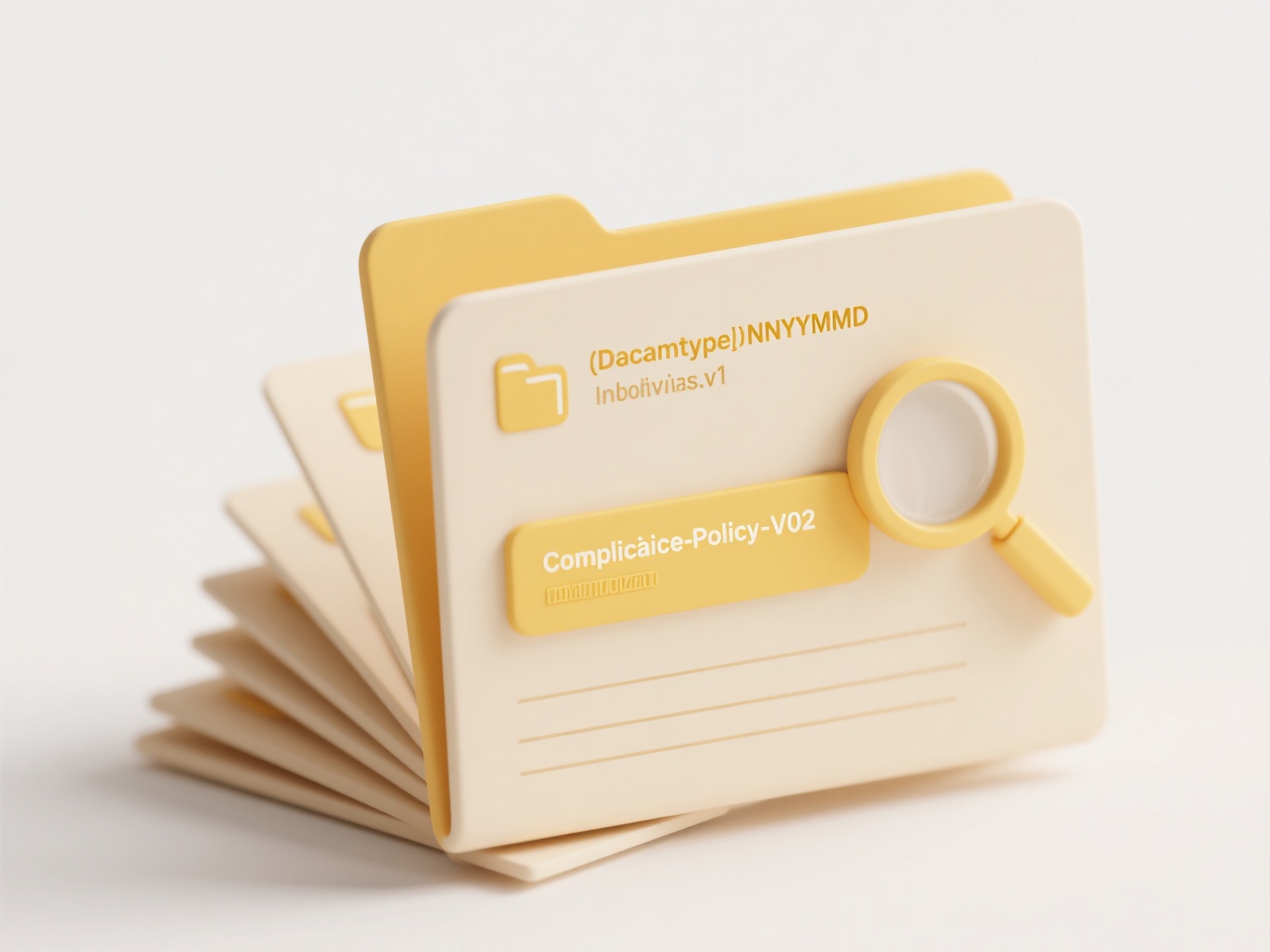
Yes, you can automate metadata tagging for files. Metadata tagging involves assigning descriptive labels (like keywords, author, creation date, or document type) to files to make them easier to find, manage, and understand. Automation uses tools and algorithms (often involving pattern recognition, machine learning, or predefined rules) to identify and apply these tags without manual input for each file. This is fundamentally different from time-consuming manual tagging, offering significant speed and scalability advantages.
Common applications include digital asset management systems automatically tagging uploaded images or videos based on visual content analysis (e.g., recognizing objects, scenes, faces). Content management systems (CMS) and document repositories often apply basic tags like file type, uploader, date, and potentially extracted keywords. E-commerce platforms auto-tag product images, media archives handle vast libraries, and enterprise document systems categorize files based on content or origin patterns.

The main advantages are enormous time savings, increased consistency, and enabling powerful search/organization at scale. However, automation can struggle with nuanced, subjective, or ambiguous content, potentially requiring human review or complex AI training. Accuracy depends heavily on the tool quality and input data. Ethically, ensuring algorithms are unbiased and respecting privacy is crucial. Advancements in AI, particularly natural language processing and computer vision, continue to improve accuracy and broaden automation possibilities across diverse file types and industries.
Can I automate metadata tagging for files?
Yes, you can automate metadata tagging for files. Metadata tagging involves assigning descriptive labels (like keywords, author, creation date, or document type) to files to make them easier to find, manage, and understand. Automation uses tools and algorithms (often involving pattern recognition, machine learning, or predefined rules) to identify and apply these tags without manual input for each file. This is fundamentally different from time-consuming manual tagging, offering significant speed and scalability advantages.
Common applications include digital asset management systems automatically tagging uploaded images or videos based on visual content analysis (e.g., recognizing objects, scenes, faces). Content management systems (CMS) and document repositories often apply basic tags like file type, uploader, date, and potentially extracted keywords. E-commerce platforms auto-tag product images, media archives handle vast libraries, and enterprise document systems categorize files based on content or origin patterns.

The main advantages are enormous time savings, increased consistency, and enabling powerful search/organization at scale. However, automation can struggle with nuanced, subjective, or ambiguous content, potentially requiring human review or complex AI training. Accuracy depends heavily on the tool quality and input data. Ethically, ensuring algorithms are unbiased and respecting privacy is crucial. Advancements in AI, particularly natural language processing and computer vision, continue to improve accuracy and broaden automation possibilities across diverse file types and industries.
Quick Article Links
How do I search audio files by metadata (artist, album)?
Audio metadata refers to descriptive information embedded within audio files, such as artist name, album title, track nu...
How do I sort project documents, photos, and personal files separately?
How do I sort project documents, photos, and personal files separately? Wisfile uses AI-powered classification to auto...
Can copying from phone to PC create duplicates?
Copying files from your phone to a PC involves creating a new, separate instance of each file on the computer. This inhe...